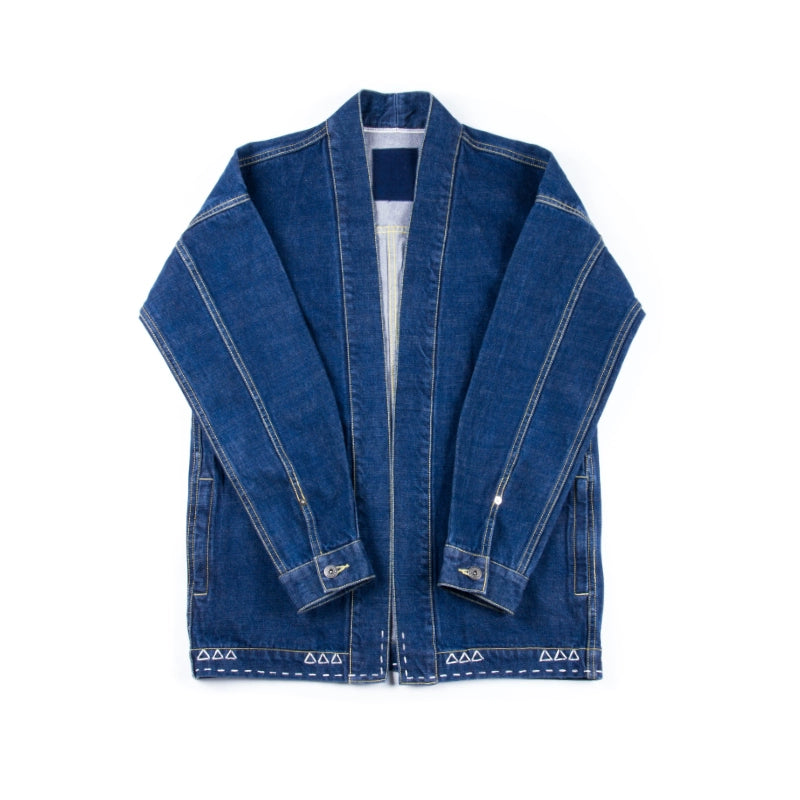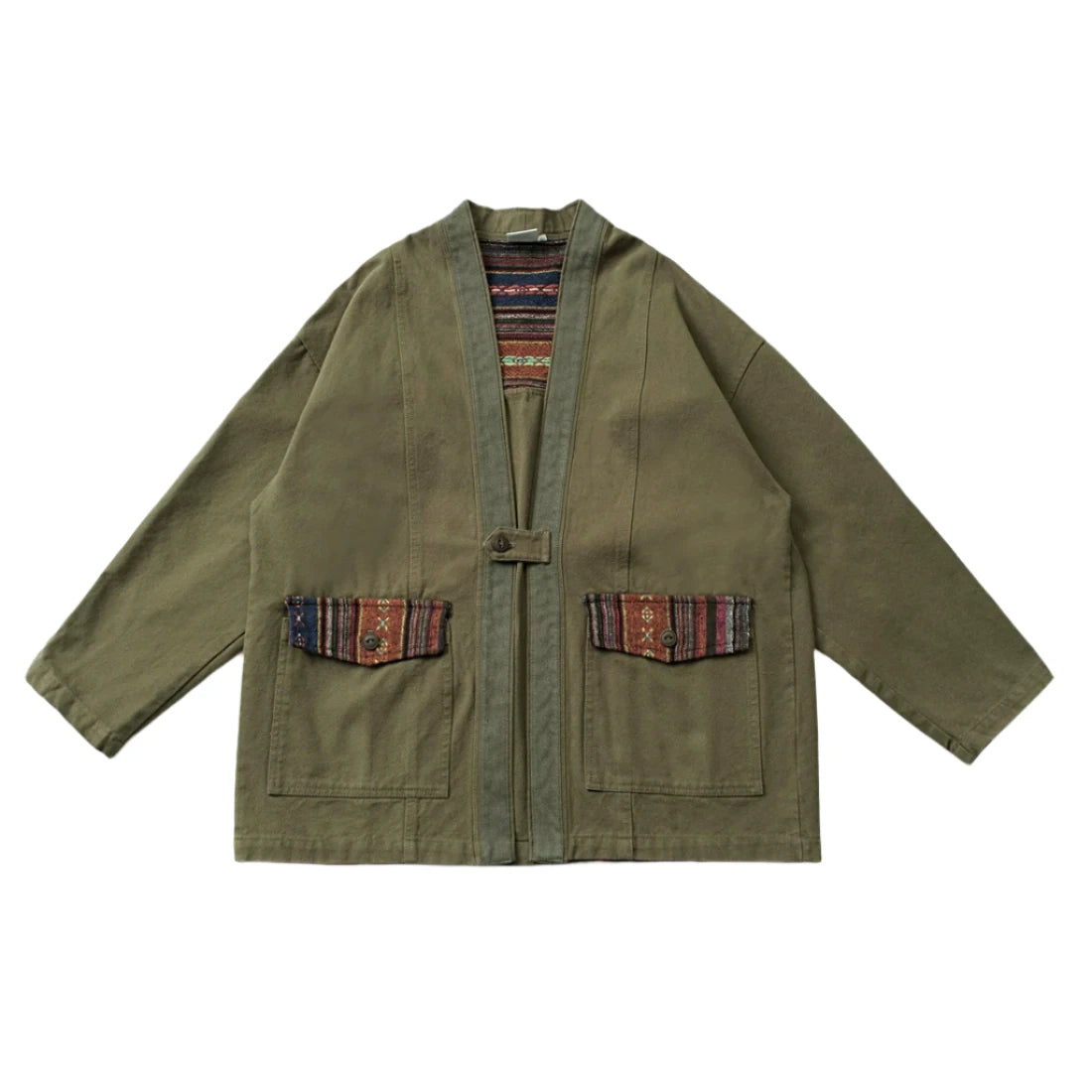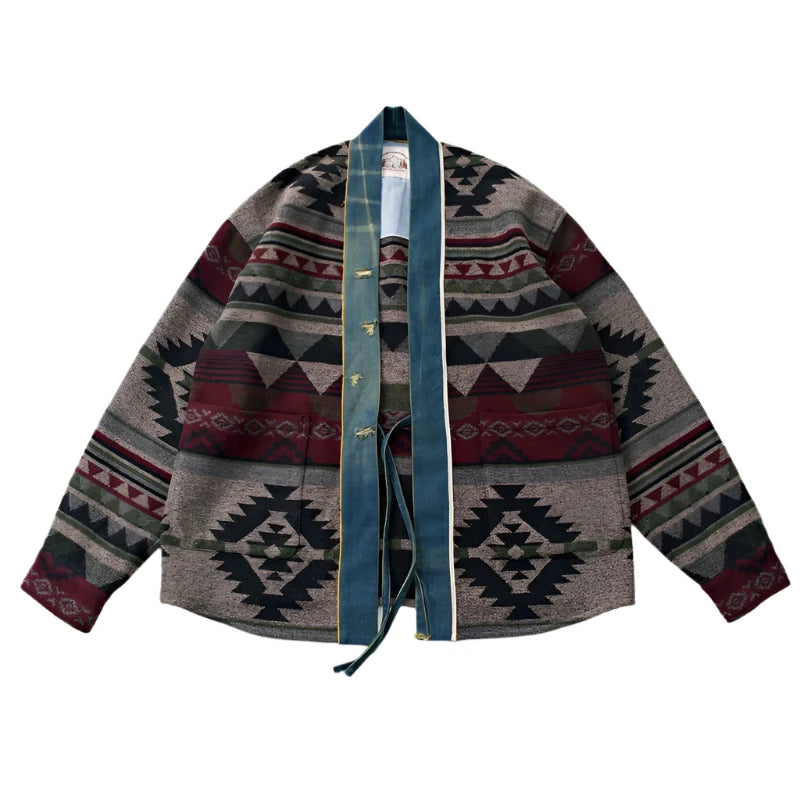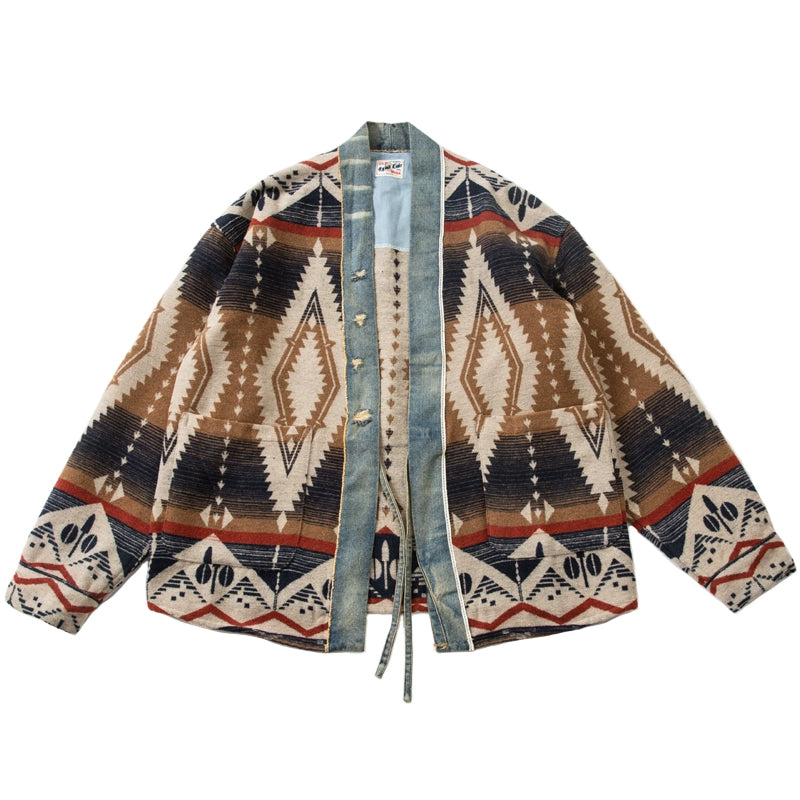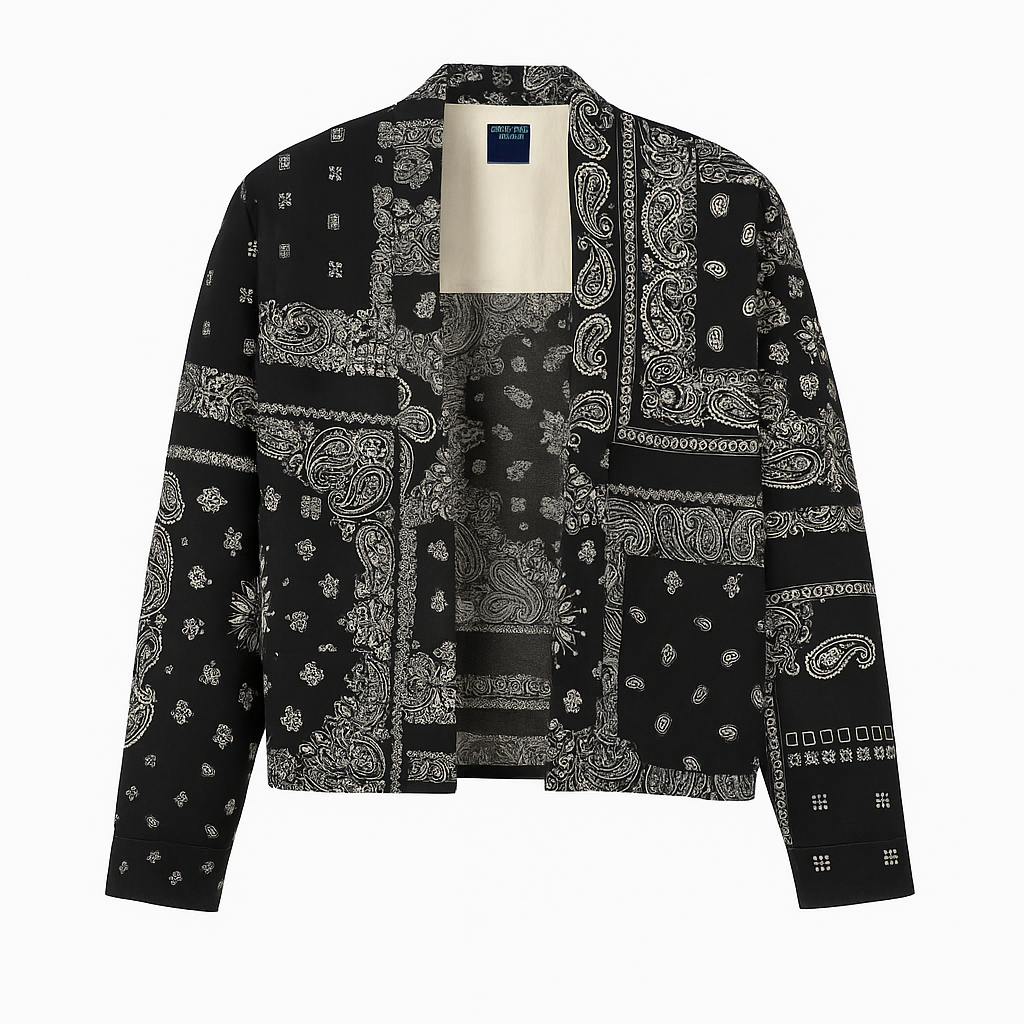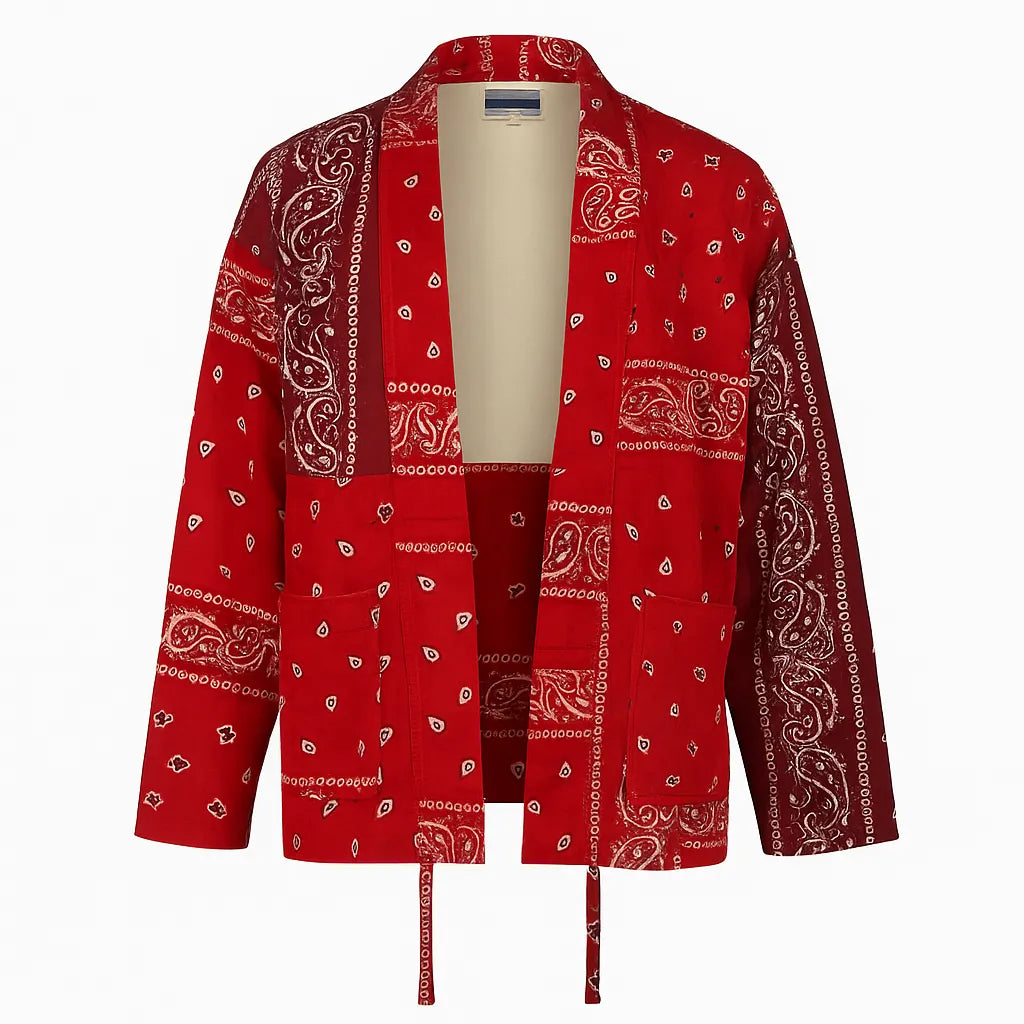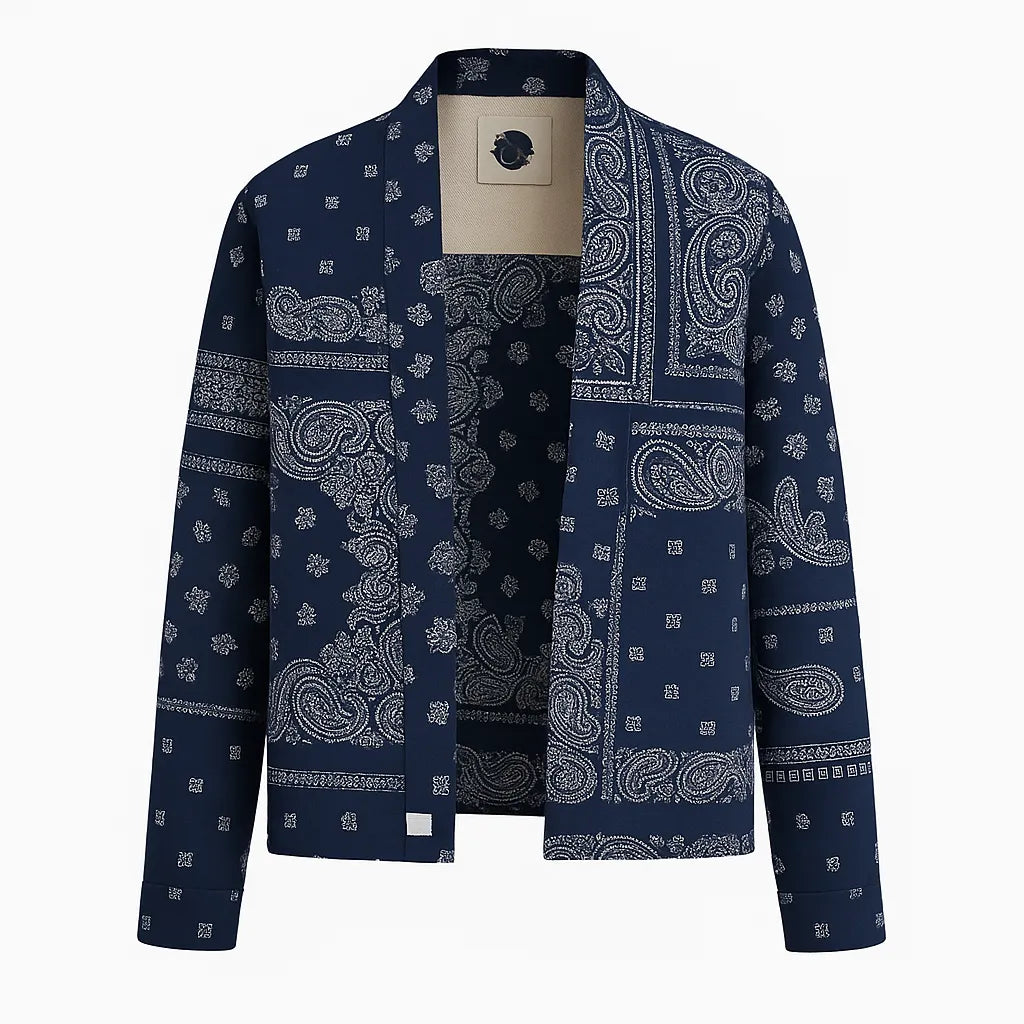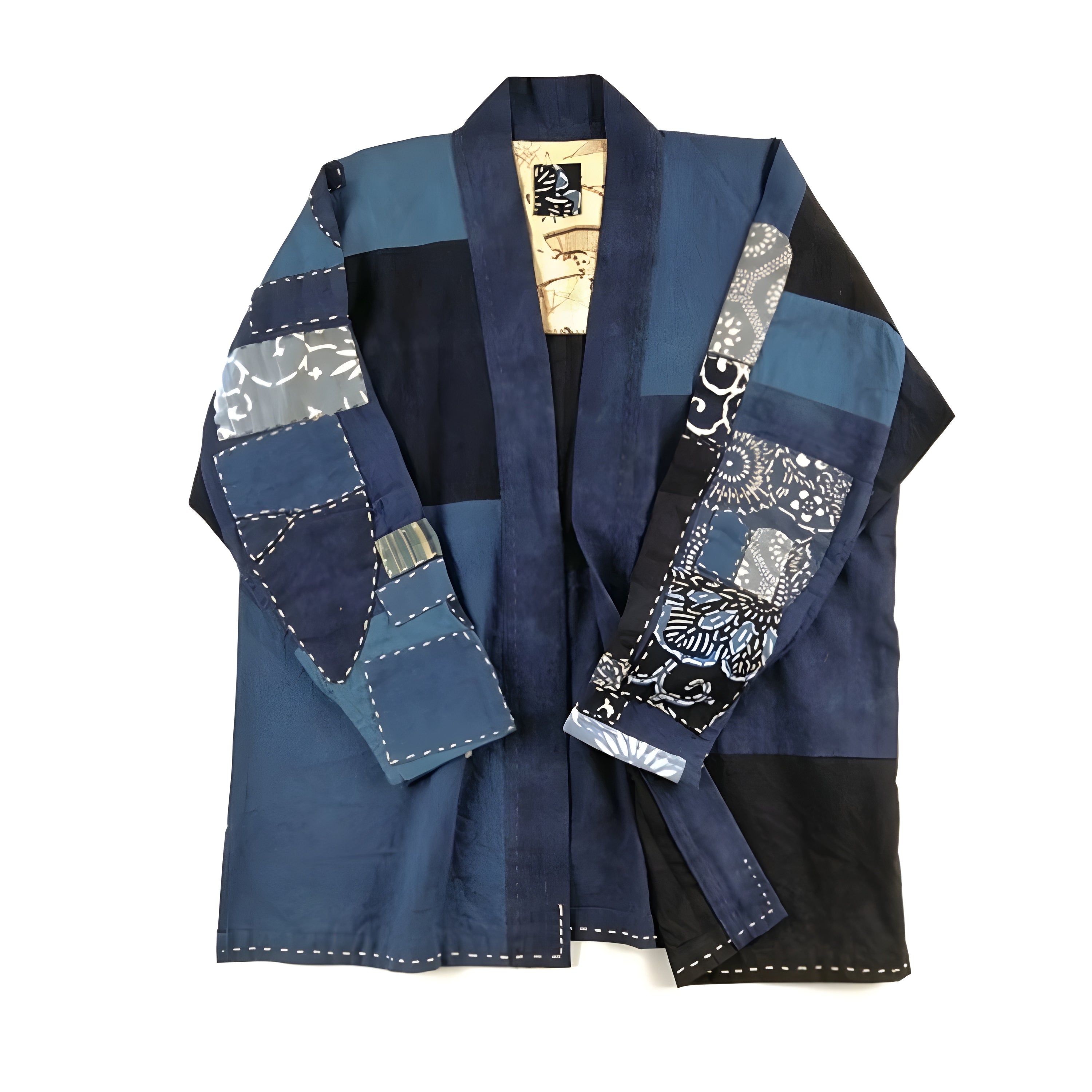Noragi: The Traditional Japanese Work Jacket That Revolutionized Modern Fashion
I've always been fascinated by how traditional Japanese workwear has influenced modern fashion and the noragi is a perfect example of this cultural crossover. This simple yet versatile jacket originally worn by farmers and craftsmen has evolved from humble work clothes into a coveted style statement.
As someone who's deeply interested in sustainable fashion I appreciate how the noragi embodies the Japanese philosophy of wabi-sabi - finding beauty in imperfection. It's fascinating to see how these jackets often made from indigo-dyed cotton or hemp have become increasingly popular in contemporary streetwear while maintaining their authentic charm and practical design elements.
What Is a Noragi Jacket
A noragi jacket represents a traditional Japanese workwear garment characterized by its loose-fitting silhouette and simple construction. These utilitarian garments feature overlapping panels secured by ties instead of buttons or zippers.
Historical Origins in Japanese Workwear
Noragi jackets originated in Japan's Edo period (1603-1867) as practical garments worn by farmers, craftsmen, and laborers. These workers appreciated the noragi's unrestricted range of motion during physical tasks like harvesting rice, woodworking, or fishing. The jacket's design evolved from the need to layer clothing through different seasons while allowing easy removal during intense labor.
Traditional Construction and Materials
The construction of noragi jackets follows specific techniques passed down through generations:
- Fabric: Hand-loomed cotton, hemp, or linen forms the base material
- Stitching: Running stitch patterns (sashiko) reinforce high-stress areas
- Closures: Cotton or hemp ties replace metal fasteners
- Panels: Overlapping front sections create adjustable ventilation
- Pockets: Large patch pockets accommodate tools or personal items
Traditional noragi incorporate these key material elements:
| Material Type | Common Usage |
|---|---|
| Indigo-dyed cotton | Main fabric body |
| Hemp rope | Ties and closures |
| Cotton thread | Sashiko stitching |
| Natural fibers | Patch repairs |
The jacket's distinctive patched appearance comes from the Japanese practice of boro - mending garments with fabric scraps to extend their lifespan. Each patch adds character while reflecting the garment's history of use.
Key Features of Noragi Design
The noragi's distinctive design elements reflect its origins as functional workwear while incorporating aesthetic elements unique to Japanese craftsmanship. I've identified specific features that define these traditional garments through my research of historical textile records.
Distinctive Elements and Details
- A crossed-over front panel (happi style) secured by fabric ties instead of buttons
- Wide kimono-style sleeves that allow unrestricted arm movement
- Deep side slits extending from the hem for enhanced mobility
- Reinforced stitching patterns at stress points using sashiko techniques
- Large patch pockets positioned at hip level for carrying tools
- Extended collar that folds over to protect the neck from sun exposure
- Raw, unfinished edges that develop character with wear
- Straight-cut body with minimal shaping or tailoring
Common Fabric Choices
The fabric selection for noragi varies based on seasonal needs and regional availability:
Traditional Materials:
- Indigo-dyed cotton (aizome)
- Hemp fiber (asa)
- Natural linen
- Hand-loomed cotton (woven on traditional Japanese looms)
| Fabric Type | Weight (g/m²) | Durability Rating | Season |
|---|---|---|---|
| Cotton | 200-300 | High | All |
| Hemp | 150-250 | Very High | Summer |
| Linen | 175-275 | Medium-High | Spring |
- Hand-sewn panels using precise running stitches
- Double-layered fabric in high-wear areas
- Overlocked seams for durability
- Reinforced corners at pocket openings
Modern Interpretations of Noragi
Contemporary fashion has embraced the noragi's versatile design elements while maintaining its distinctive Japanese aesthetic. Modern interpretations blend traditional craftsmanship with current fashion sensibilities, creating pieces that resonate with diverse style preferences.Contemporary Styling Options
Modern noragi styling transcends traditional workwear applications through versatile layering combinations:
- Layer over plain white t-shirts paired with raw denim jeans for a minimalist aesthetic
- Combine with tailored trousers plus leather sneakers for business casual settings
- Style with cropped pants plus sandals during warmer seasons
- Mix with streetwear elements like graphic tees plus cargo pants
- Incorporate as outerwear over modern athleisure pieces
- Visvim: Creates luxury interpretations using premium materials like selvedge denim
- Blue Blue Japan: Specializes in traditional indigo-dyed pieces with modern fits
- Kapital: Offers experimental designs incorporating vintage boro techniques
- Universal Works: Produces accessible versions with contemporary fabric blends
- Story MFG: Features sustainable materials with natural dye processes
| Brand | Price Range (USD) | Signature Element |
|---|---|---|
| Visvim | 800-1,500 | Hand-finished details |
| Blue Blue Japan | 300-600 | Natural indigo dye |
| Kapital | 400-800 | Patchwork designs |
| Universal Works | 150-300 | Modern fabrics |
| Story MFG | 250-500 | Natural dyes |
How to Style a Noragi
I've found that styling a noragi creates versatile outfits that balance casual comfort with refined Japanese aesthetics. The key lies in understanding proportions and complementary pieces that enhance the noragi's relaxed silhouette.Casual Outfit Combinations
Noragi jackets pair seamlessly with these essential casual combinations:
- Raw denim jeans + plain white sneakers + basic crew neck t-shirt
- Wide-leg chinos + canvas slip-ons + striped henley shirt
- Tapered wool trousers + minimalist leather boots + turtleneck sweater
- Cargo pants + high-top sneakers + ribbed tank top
- Cropped trousers + espadrilles + linen shirt
Layering Tips and Techniques
The noragi's oversized design excels in layered configurations:
- Layer lightweight noragis over hoodies during transitional weather
- Pair heavier cotton noragis with thermal shirts in colder temperatures
- Stack multiple thin layers underneath: t-shirt + button-down + noragi
- Add textural contrast with knit sweaters or waffle-weave henleys
- Create depth by exposing multiple layer edges at different lengths
| Layer Type | Recommended Length | Ideal Fit |
|---|---|---|
| Base Layer | Hip length | Fitted |
| Mid Layer | Mid-thigh | Semi-fitted |
| Noragi | Upper thigh | Loose |
Caring for Your Noragi
Traditional Cleaning Methods
Noragi maintenance starts with gentle hand washing in cold water. I use mild detergent specifically formulated for indigo-dyed fabrics to preserve the fabric's character. Traditional Japanese cleaning techniques involve occasional spot cleaning followed by air drying in a shaded area to prevent color fading.
Storage Guidelines
- Fold noragi along natural seam lines
- Store in breathable cotton garment bags
- Keep away from direct sunlight
- Maintain moderate humidity levels
- Use cedar blocks to prevent moths
Repair Techniques
Traditional sashiko stitching repairs strengthen worn areas while adding authentic character. I apply visible mending techniques using:
- Running stitch patterns for tears
- Cross-stitch reinforcement for seams
- Patch application for holes
- Darning for thin areas
| Material Type | Washing Temperature | Drying Method | Special Care |
|---|---|---|---|
| Cotton | Cold (30°F) | Hang dry | Minimal agitation |
| Hemp | Cold (30°F) | Flat dry | No wringing |
| Linen | Cold (30°F) | Hang dry | Iron while damp |
| Indigo-dyed | Cold (30°F) | Shade dry | Hand wash only |
Natural Aging Process
Indigo-dyed noragi develops unique fade patterns through wear. I embrace these changes:
- Creasing at elbows creates distinctive wear marks
- High-friction areas develop lighter patches
- Fabric softens with repeated washing
- Colors mature into subtle variations
- Deep cleaning every 6 months
- Professional indigo overdyeing
- Complex repairs requiring expertise
- Historical piece preservation
Conclusion
I've found that the noragi represents more than just a piece of clothing - it's a testament to Japanese craftsmanship and sustainable fashion principles. It's remarkable how this humble workwear has evolved into a versatile wardrobe staple while maintaining its authentic heritage.
As someone who values both style and sustainability I believe the noragi offers a unique opportunity to embrace slow fashion. Whether you're drawn to its rich history traditional craftsmanship or modern adaptability this garment proves that timeless design transcends trends.
The noragi's journey from rice fields to urban streets shows that true style isn't about following fashion - it's about choosing pieces that tell a story and stand the test of time.
